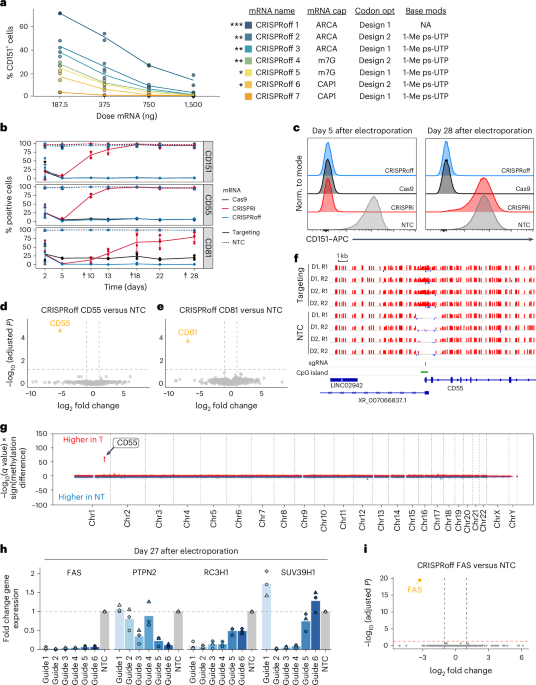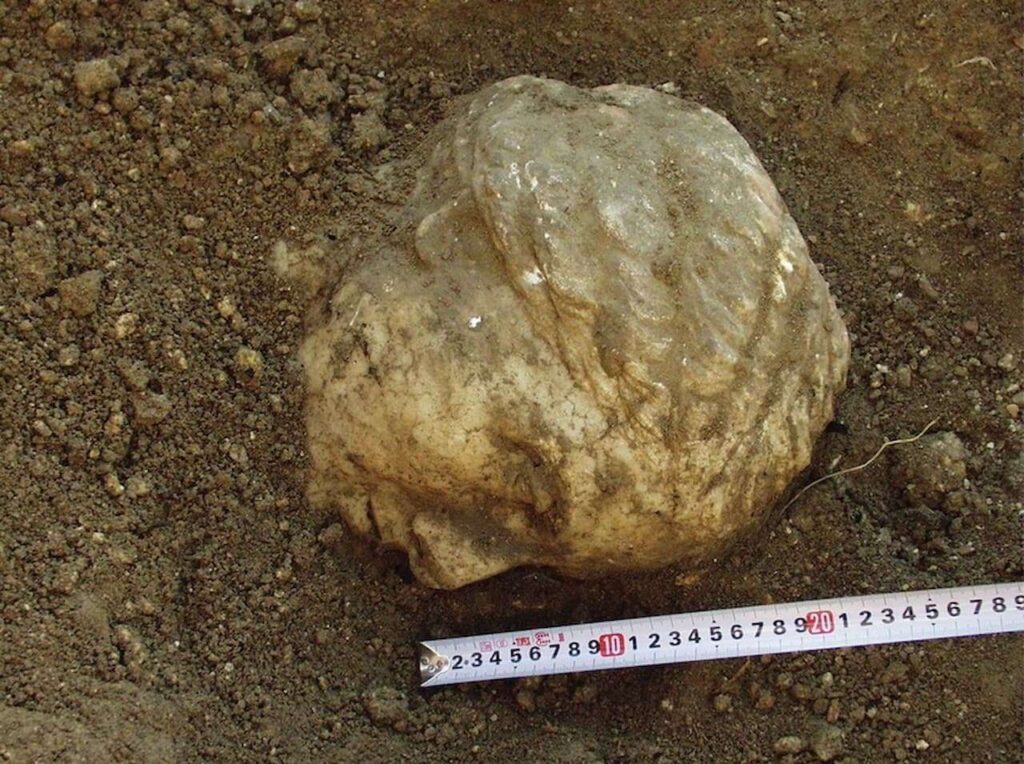Blog
The Ultimate 2025 Price List: How Much Does Solar & Inverter Installation Really Cost in Nigeria?
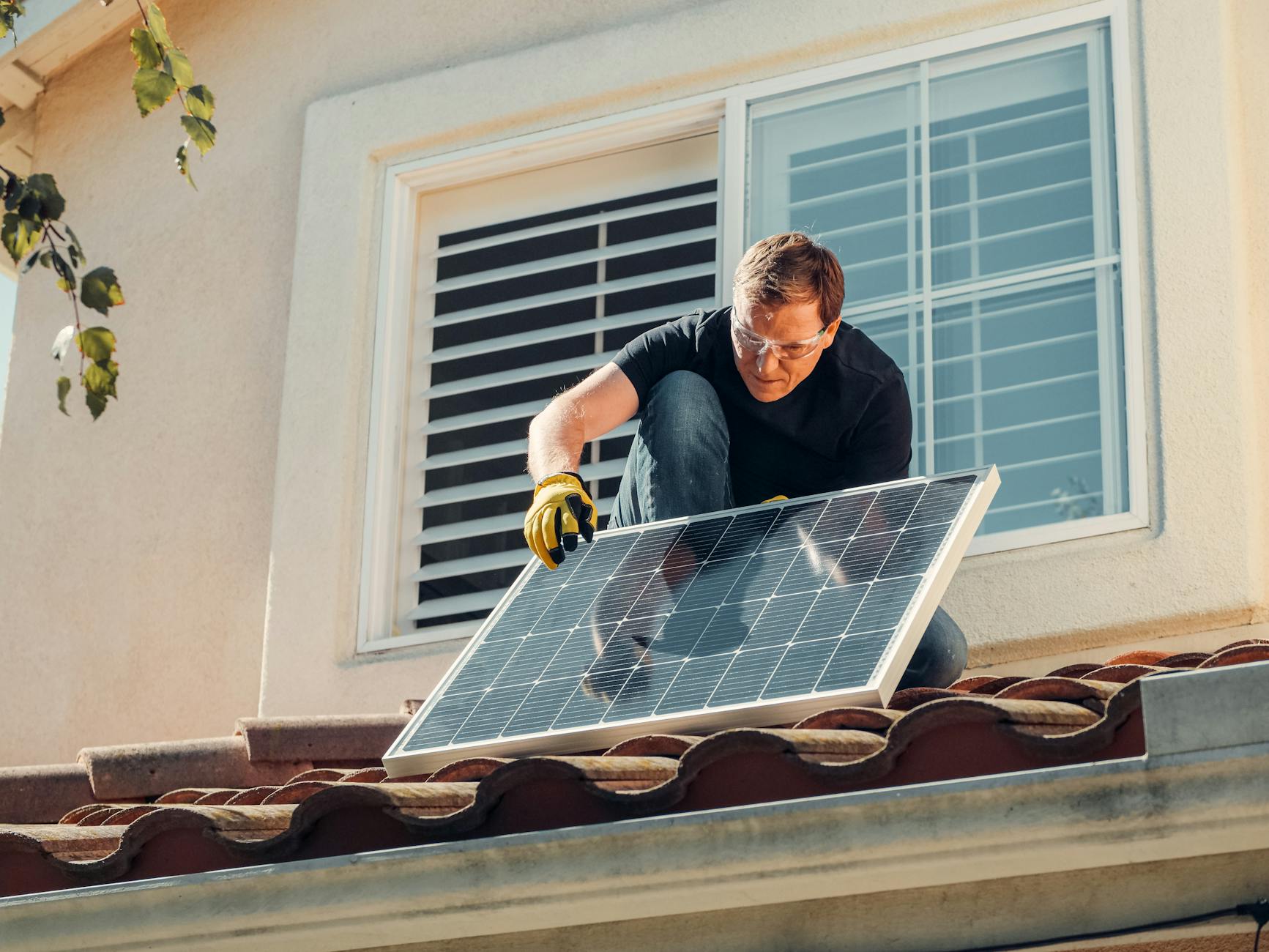
If you’re a Nigerian living in 2025, you understand two things with absolute certainty: the cost of running a generator is crippling, and the national grid is, to put it mildly, unpredictable. The constant hum of generators is the soundtrack to our evenings, and the monthly fuel budget feels like a second rent. But what if there was a way to declare independence from this cycle?
Welcome to the world of solar power.
For years, solar energy was seen as a luxury reserved for the ultra-wealthy. Today, thanks to advancements in technology and a more competitive market, it has become a practical, achievable, and financially sound investment for millions of Nigerian homes and businesses. It’s no longer a question of if you should go solar, but how—and for how much.
This is the most comprehensive, no-fluff guide to solar and inverter installation costs in Nigeria for 2025. We are pulling back the curtain on pricing to give you a transparent look at what you should expect to pay. We will break down the costs of individual components, explore different package sizes for various needs, and explain the hidden factors that can influence your final quote.
This isn’t just a price list; it’s an educational tool to empower you to make a smart investment in your energy future.
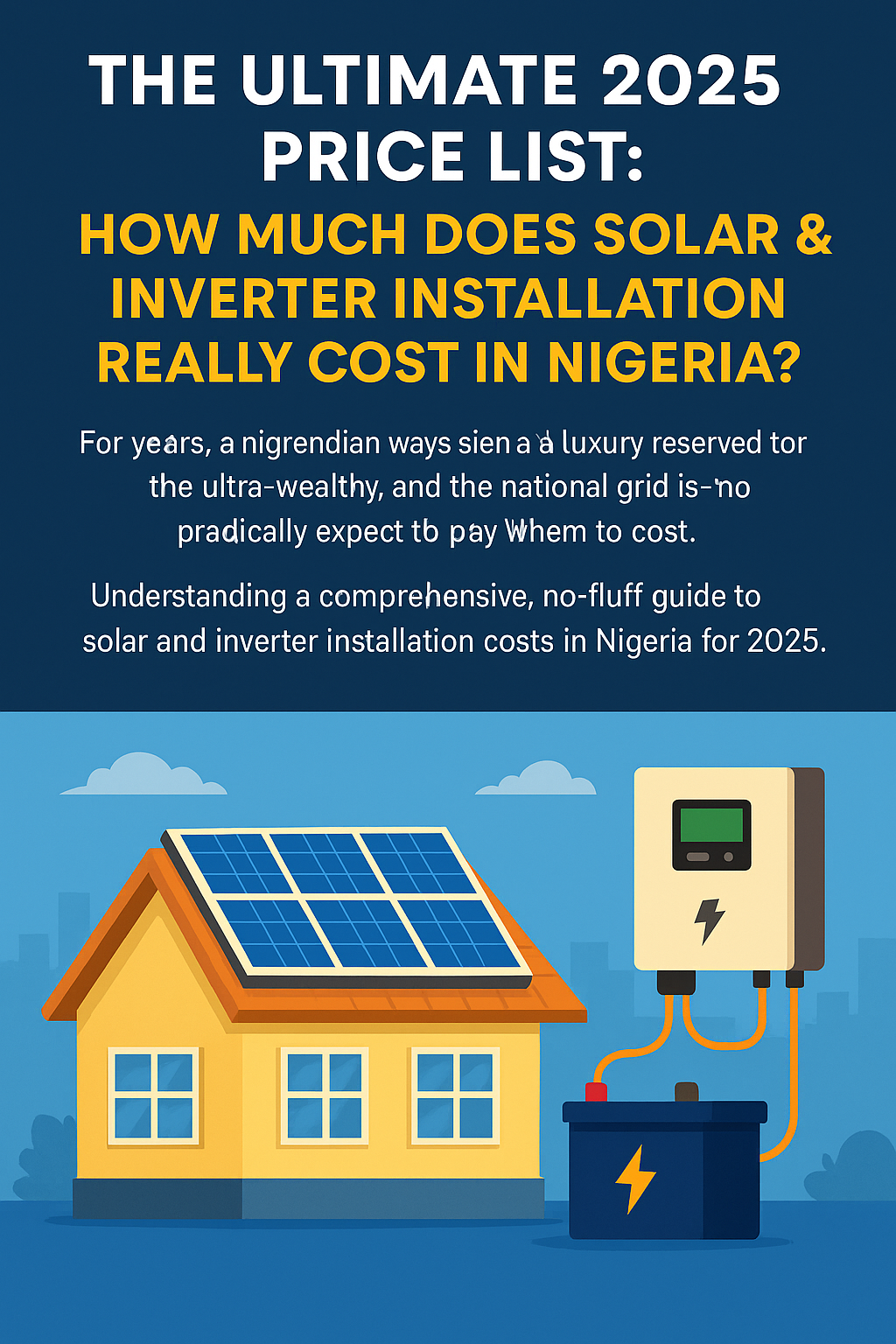
Understanding the Core Components: What Are You Actually Paying For?
Before we get to the big numbers, it’s crucial to understand what makes up a complete solar installation. A solar power system is more than just the panels on your roof. It’s a team of components working together to give you reliable electricity.
- Solar Panels: These are the most visible part of your system. They capture sunlight and convert it into Direct Current (DC) electricity. The primary cost factor is their wattage (e.g., 300W, 450W, 550W) and their type (Monocrystalline panels are more efficient and common now than Polycrystalline).
- 2025 Estimated Price: A quality 300W-450W panel can range from ₦85,000 to ₦160,000.
- The Inverter: This is the brain of the operation. It converts the DC electricity from your panels into Alternating Current (AC) electricity, the type of power that your home appliances use. Inverter capacity is measured in KVA (kilo-volt-amperes). A higher KVA means it can handle a larger load of appliances simultaneously.
- 2025 Estimated Price: A 3.5KVA inverter can cost between ₦180,000 and ₦350,000, while a robust 5KVA unit can range from ₦450,000 to ₦850,000 depending on the brand (e.g., Luminous, Prag, Victron) and features (like hybrid capabilities).
- The Batteries: This is your personal power reserve. In Nigeria, batteries are non-negotiable. They store the excess energy generated during the day for use at night or during cloudy periods. The main choice is between traditional Tubular (deep-cycle lead-acid) batteries and modern Lithium-ion batteries.
- Tubular Batteries: More affordable upfront but have a shorter lifespan (2-4 years) and require some maintenance.
- 2025 Estimated Price: A 200Ah/12V tubular battery costs between ₦280,000 and ₦380,000.
- Lithium-ion Batteries: More expensive upfront but last much longer (7-15 years), are more compact, require no maintenance, and are more efficient. They are rapidly becoming the standard for quality installations.
- 2025 Estimated Price: A 5kWh lithium-ion battery pack can range from ₦1,500,000 to ₦2,500,000.
- Tubular Batteries: More affordable upfront but have a shorter lifespan (2-4 years) and require some maintenance.
- The Charge Controller: This small but vital device regulates the voltage and current coming from the solar panels to the batteries, preventing overcharging and ensuring battery longevity. Modern hybrid inverters often have a sophisticated MPPT (Maximum Power Point Tracking) charge controller built-in.
- Racking, Wiring, and Balance of System (BOS): This category includes everything else needed to install the system correctly and safely: mounting rails to fix the panels to your roof, high-quality DC and AC cables, circuit breakers, and conduit. Skimping on these components is a common mistake that can compromise the safety and efficiency of your entire system.
- Installation & Labour: This is the cost of having certified professionals design, install, and commission your system. The price depends on the complexity of the installation, your location, and the size of the system.
- 2025 Estimated Price: For a standard residential system, expect to pay between ₦150,000 and ₦350,000 for professional labour.
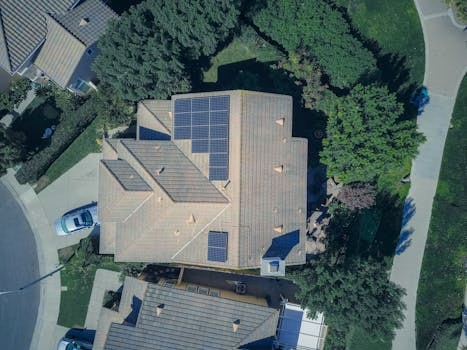
Solar Package Tiers: Finding the Right Fit for Your Needs & Budget
Now, let’s put it all together. Here are some of the most common system sizes in Nigeria and what you can realistically expect them to cost in 2025. We will provide estimates for both a more budget-conscious Tubular battery setup and a premium Lithium-ion setup.
Tier 1: The “I’m Tired of Darkness” Starter Pack (1.5KVA System)
This is an entry-level solution perfect for a small apartment, a student, or someone who wants to power basic essentials and say goodbye to generator noise forever.
- What It Can Power: LED lights, 2-3 fans, a TV, a decoder, charging laptops and phones. It is not suitable for refrigerators or air conditioners.
- Typical Components:
- Inverter: 1.5KVA / 24V
- Solar Panels: 3-4 units of 300W panels (Approx. 1kW)
- Batteries (Tubular): 2 units of 200Ah/12V
- Batteries (Lithium): 1 unit of 2.5kWh
- Estimated Total Cost (Tubular): ₦1,300,000 – ₦1,800,000
- Estimated Total Cost (Lithium): ₦2,100,000 – ₦2,700,000
Tier 2: The Modern Family Essentials Pack (3.5KVA System)
This is the sweet spot for many small families and 2-3 bedroom homes. It offers a significant upgrade in capacity, allowing you to power more than just the basics and enjoy modern comforts.
- What It Can Power: Everything in Tier 1, PLUS a modern inverter-technology refrigerator, a water pump (not simultaneously with the fridge), and more lights/fans. Some very efficient, low-wattage inverter ACs (1hp) might be used sparingly during the day when the sun is shining brightly.
- Typical Components:
- Inverter: 3.5KVA / 48V Hybrid
- Solar Panels: 6-8 units of 450W panels (Approx. 3kW)
- Batteries (Tubular): 4 units of 200Ah/12V
- Batteries (Lithium): 1 unit of 5kWh
- Estimated Total Cost (Tubular): ₦2,800,000 – ₦3,800,000
- Estimated Total Cost (Lithium): ₦4,000,000 – ₦5,500,000
Tier 3: The “Total Independence” Powerhouse (5KVA System)
This is a robust solution for larger homes, duplexes, or small business offices. It’s designed for those who want to run multiple demanding appliances and achieve near-total independence from the grid and generators.
- What It Can Power: Everything in Tiers 1 & 2, PLUS a deep freezer, a washing machine, and the ability to comfortably run a 1hp or 1.5hp inverter air conditioner for several hours, especially at night if you have sufficient battery storage.
- Typical Components:
- Inverter: 5KVA / 48V Hybrid
- Solar Panels: 10-14 units of 450W-550W panels (Approx. 5kW-6kW)
- Batteries (Tubular): 8 units of 220Ah/12V (though lithium is highly recommended at this scale)
- Batteries (Lithium): 1-2 units of 5kWh (for a total of 5-10kWh)
- Estimated Total Cost (Tubular): ₦4,500,000 – ₦6,000,000
- Estimated Total Cost (Lithium with 10kWh): ₦7,000,000 – ₦9,500,000
Tier 4: The Small Business & Luxury Home Solution (10KVA+ System)
For large residential properties with multiple ACs, guest houses, or businesses running computers, printers, and other office equipment, a 10KVA or larger system is necessary.
- What It Can Power: Multiple air conditioners, all standard household and office appliances, and sensitive commercial equipment.
- Typical Components: These are highly customised, often involving three-phase inverters.
- Estimated Total Cost: Systems of this size are almost exclusively Lithium-based and start from ₦12,000,000 and can go well over ₦25,000,000 depending on the exact specifications.
Tubular vs. Lithium: Which is Right for You?
This is one of the biggest decisions you’ll make.
- Choose Tubular if: Your upfront budget is the absolute primary concern. You are prepared for the reality of replacing the batteries every 2-4 years, which is a significant future cost.
- Choose Lithium-ion if: You are focused on the best long-term value, performance, and peace of mind. The higher initial cost is offset by a much longer lifespan (often 3-5 times that of tubular), higher efficiency (meaning more of your solar power is stored and used), and zero maintenance. For any system 3.5KVA and above, lithium is the professional recommendation.
Hidden Factors That Can Affect Your Final Quote
The prices above are excellent estimates, but your final quote from an installer like Tamfitronics might vary based on these factors:
- Brand Quality: Just like with cars, there are different tiers of solar equipment. Premium European brands like Victron (for inverters) will cost more than reliable mid-range brands. At Tamfitronics, we only work with reputable brands that have a proven track record in Nigeria and offer solid warranties.
- Roof Complexity: A simple, single-story ‘face-me-I-face-you’ roof is easier to work on than a complex, multi-gabled duplex roof. The type of roofing material (metal vs. concrete tiles) can also affect labour costs.
- Location: Logistics can play a role. Installation costs might be slightly higher in very remote rural areas compared to major cities like Lagos, Abuja, or Port Harcourt where installers and equipment are readily available.
- Wiring Distance: The distance from your roof (where the panels are) to your inverter and battery bank location affects the amount of high-quality cable required, which can impact the cost.
The Real Question: Is It Worth It? Calculating Your ROI
Spending millions of Naira can feel daunting, but it’s crucial to frame it as an investment, not an expense. Let’s do some quick math.
Assume a household spends ₦50,000 per month on generator fuel and maintenance. That’s ₦600,000 per year. If that same household installs a 3.5KVA lithium system for ₦4,500,000, the simple payback period is:
₦4,500,000 / ₦600,000 per year = 7.5 years
Considering the lithium battery will likely last 10-15 years and the panels for 25+ years, you get several years of completely free, silent, and clean electricity after your system has paid for itself. This calculation doesn’t even include the inevitable future increases in fuel prices or electricity tariffs, which would make the payback period even shorter.
Your Next Step: Getting a Professional, Tailored Quote
This guide provides the knowledge you need to have an intelligent conversation about your energy needs. However, no two homes or businesses are the same. The next logical step is to move from a general estimate to a precise, customised solution.
A professional energy audit is the foundation of a successful solar installation. An expert from a reputable company like Tamfitronics will:
- Analyse your current energy bills.
- Assess your daily load requirements (which appliances you use and for how long).
- Inspect your property for the optimal placement of panels and equipment.
- Design a system that is perfectly tailored to your needs and budget.
Investing in solar power is one of the most significant and rewarding decisions you can make for your family or business in Nigeria today. You are not just buying equipment; you are investing in uninterrupted productivity, silent nights, long-term savings, and a cleaner environment. The power to choose is, for the first time, truly in your hands.



